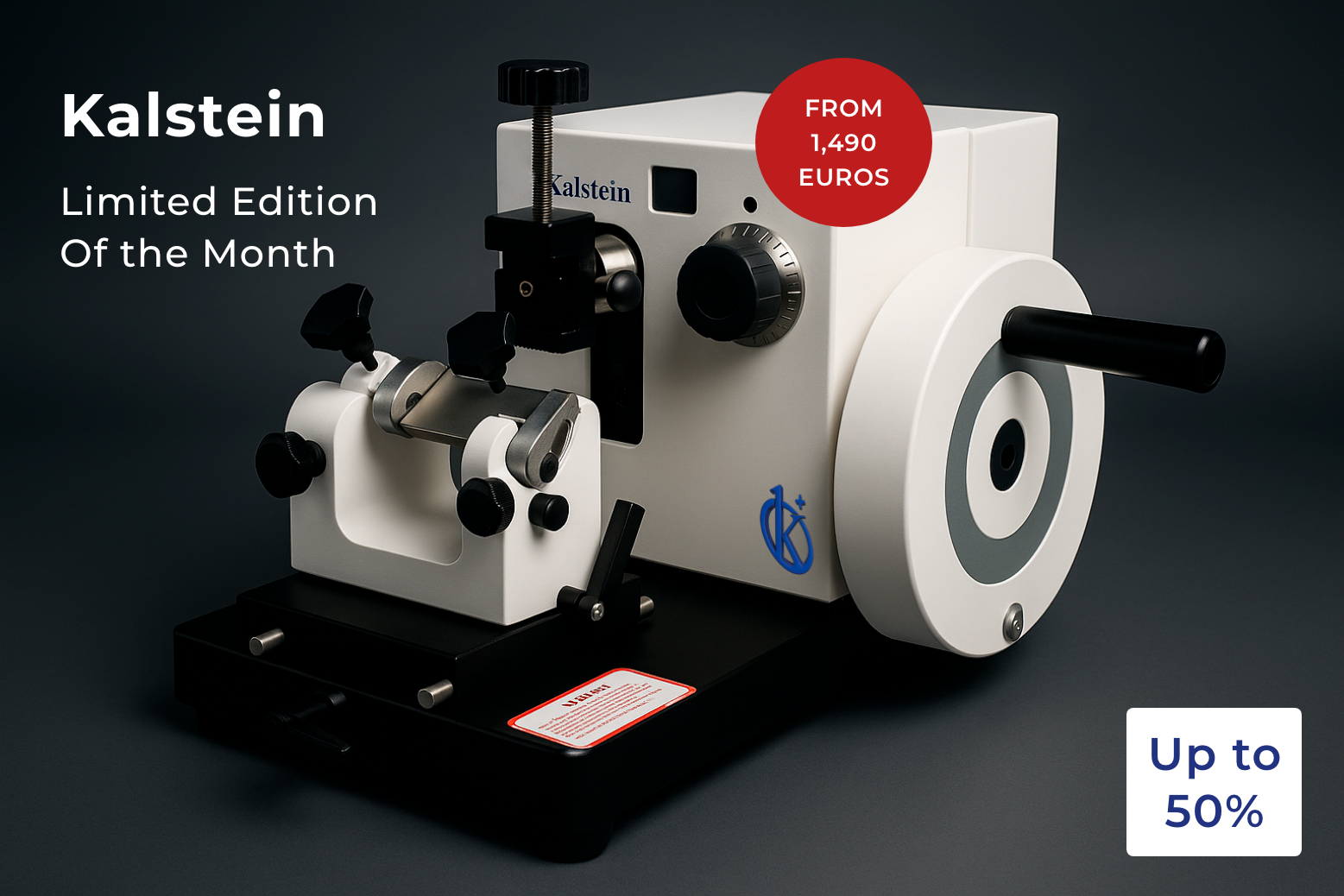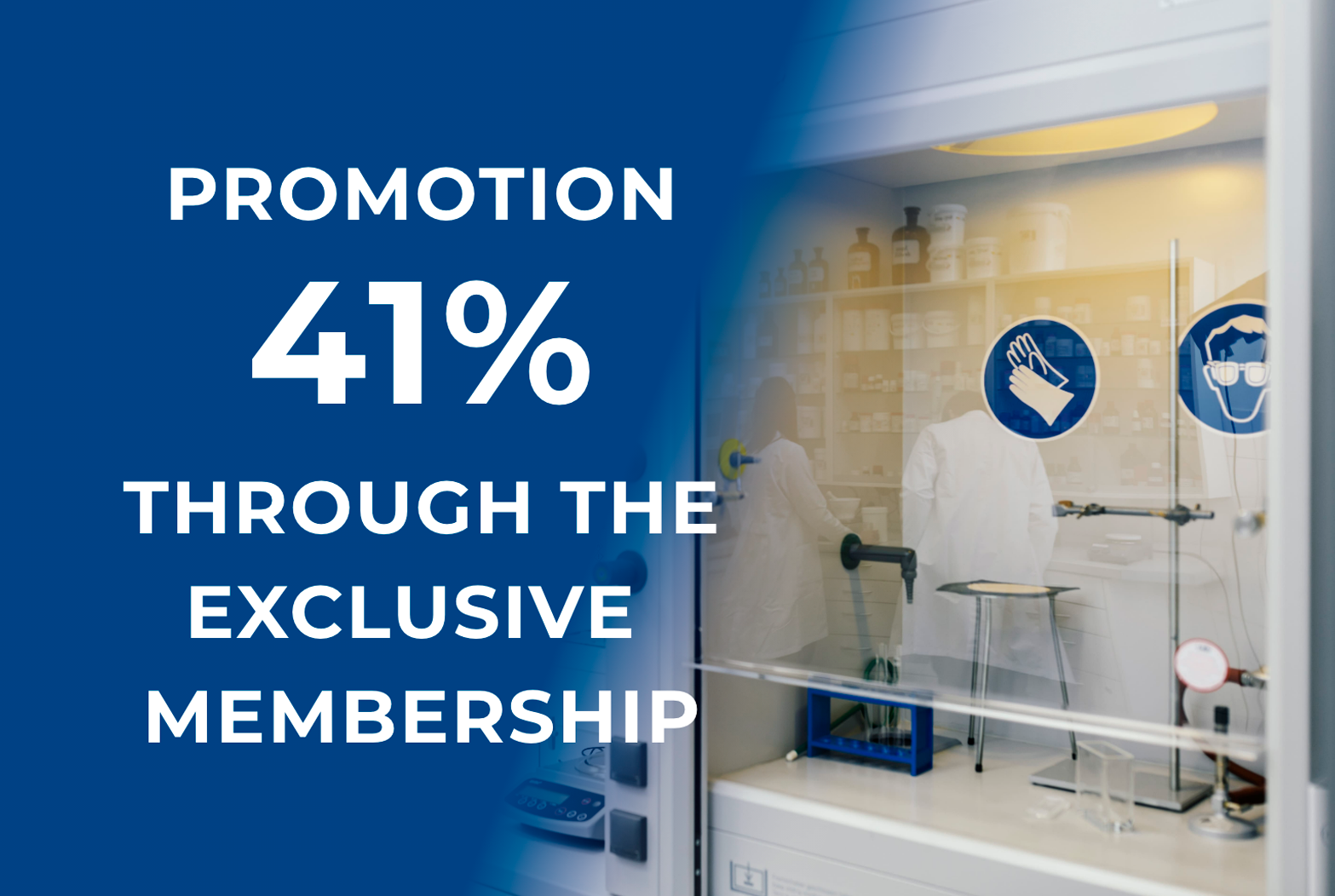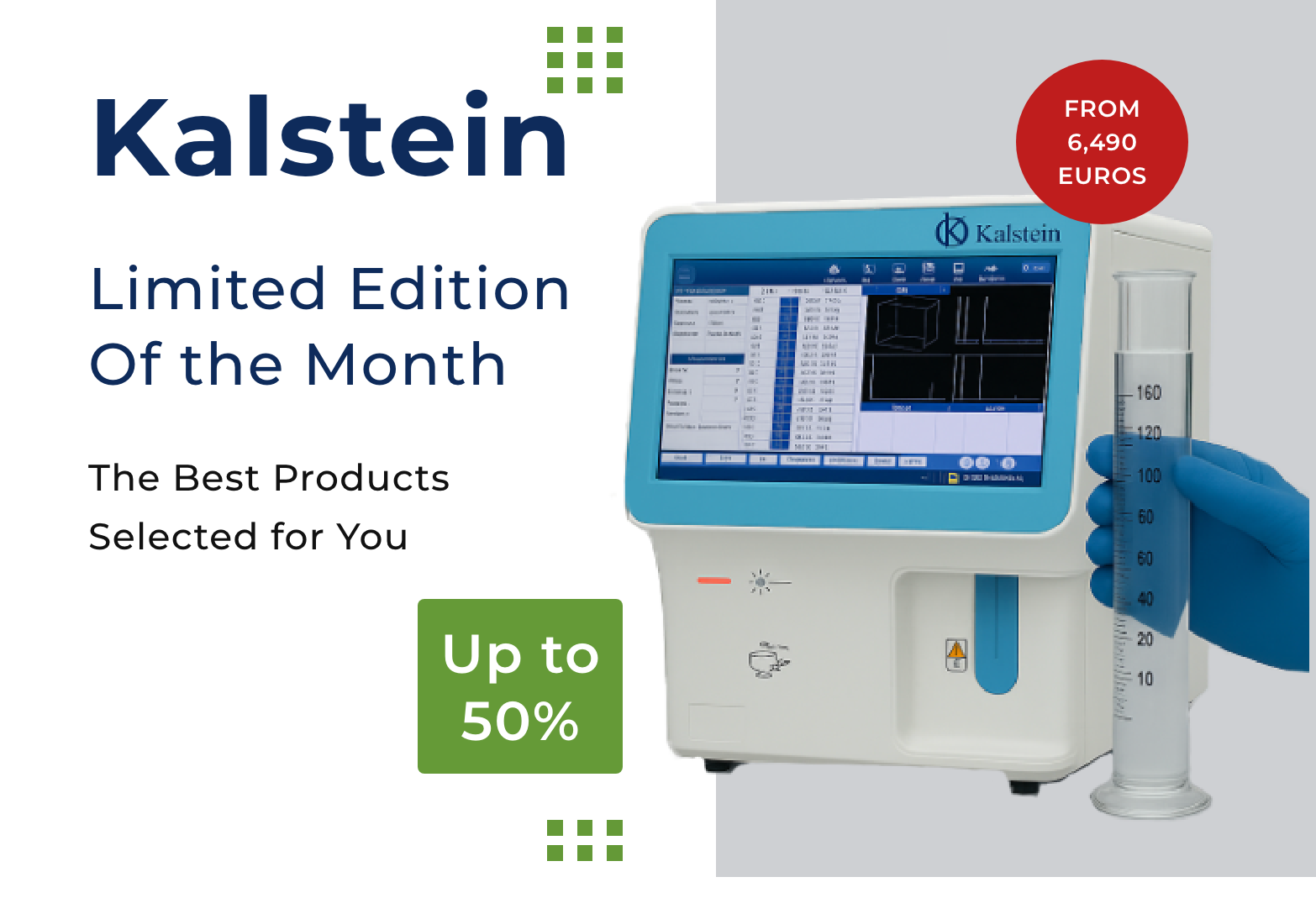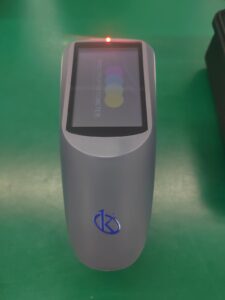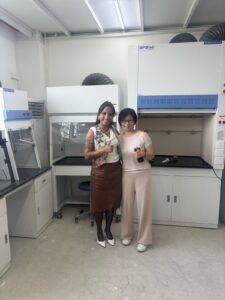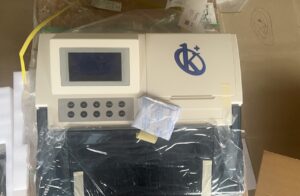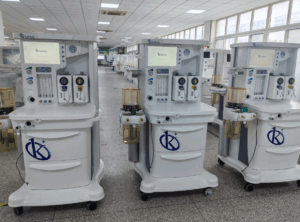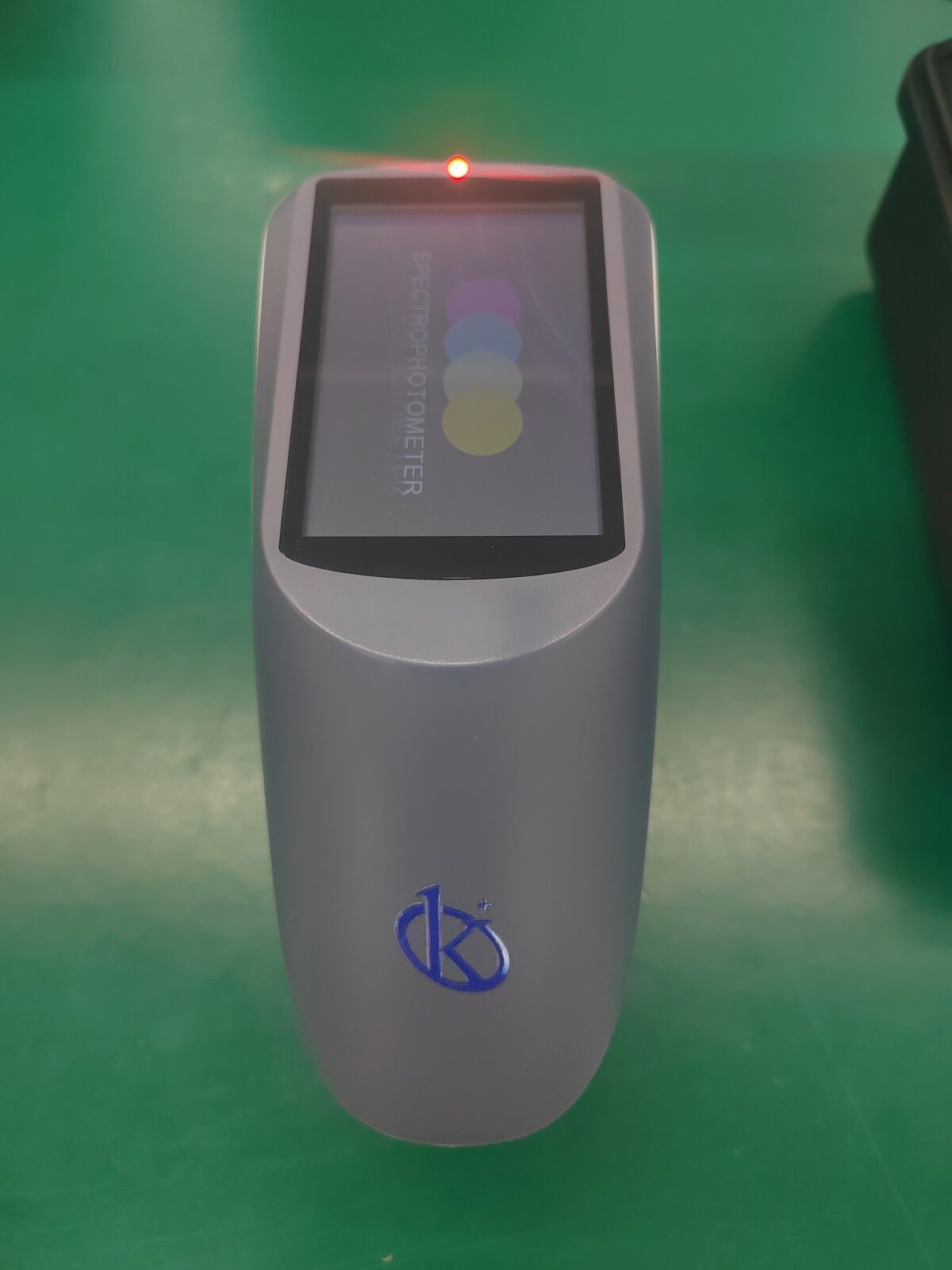KALSTEIN FRANCE
Find Your Equipment in
Seconds with AI + Chatgpt
Say goodbye to endless searching and doubts. With the power of ChatGPT, our AI helps you choose the ideal team with precise recommendations based on your specific needs. Try the tool now!
Delivery of the YR04986 water recirculator by an authorized distributor in Peru.

Limited time 25% discount on all pathology products

A2 biosafety cabinet, stainless steel, protects operator, product and environment.

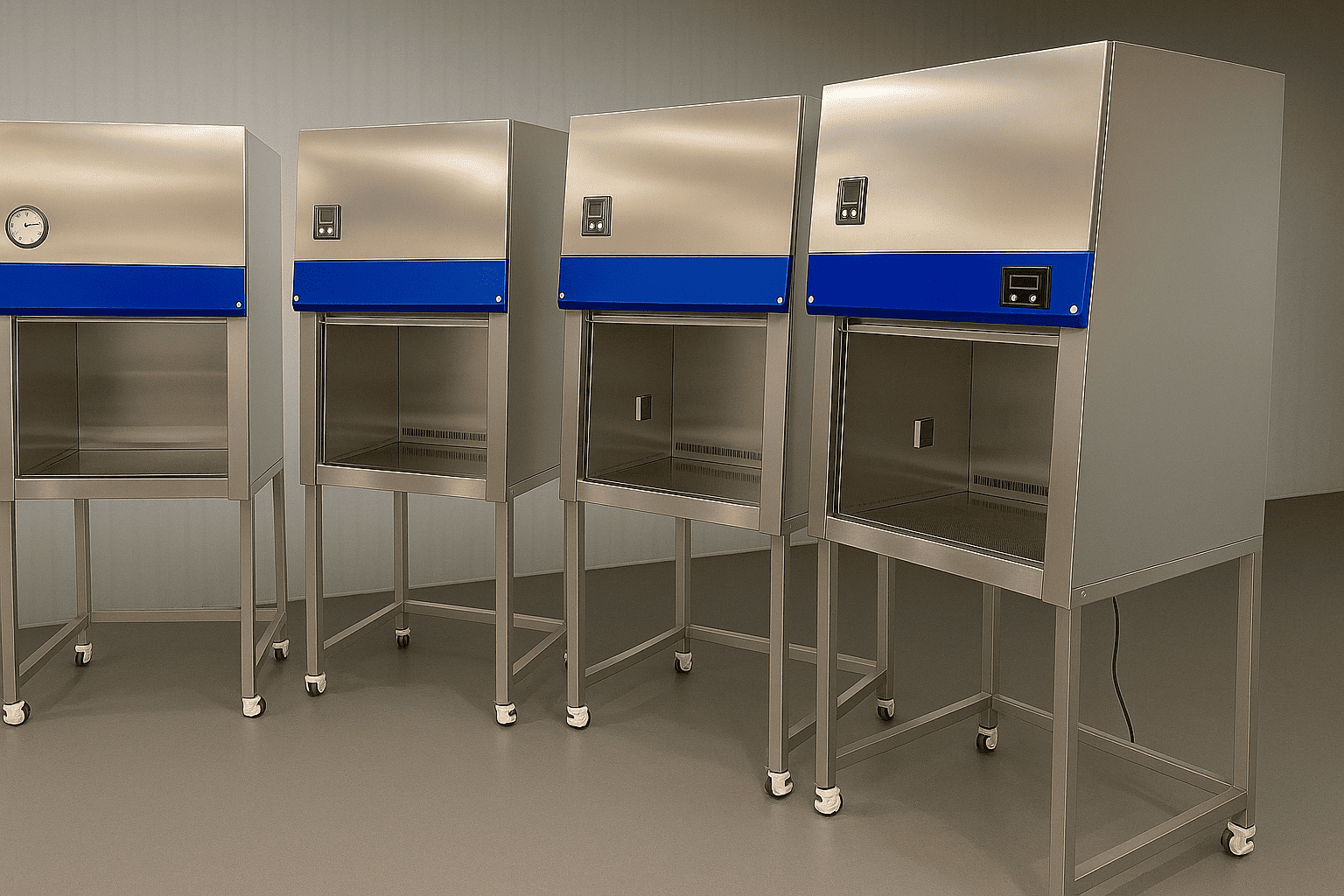
MADE IN FRANCE 🇫🇷
The Excellence of French Savoir-Faire
At Kalstein France, we design and assemble our equipment in France to the strictest European standards. Each unit reflects our commitment to innovation, quality, and reliability.
years of manufacturing experience
- Applies to selected product lines.
- CE and EU certificates
- Quality control in France
- Commitment to our customers
- Team of experts trained in France
- French manufacturing, international reach
Yul Guzman
Founder and CEO
At Kalstein France, each piece of equipment undergoes a rigorous assembly and quality control process, ensuring compliance with European standards and reliability for our customers.
Made in France process
From assembly to certification
#01
Design and selection of components
Our experts select materials and components that meet European standards.
#02
Assembled in France
Each machine is assembled in our facilities to ensure optimal performance.
#03
Quality control
Strict testing is performed at every stage to ensure performance, safety, and reliability.
#04
Certification and Delivery
The equipment obtains CE certifications before being delivered to customers around the world.
Breaking news
The Potential of Long-Term Study Cohorts in Asthma Research
Challenges in Studying Lung Development and Function The study of...
Read moreKalstein Breaking News
Kalstein Newsletter – Special Series China | Episode 5/7
Kalstein in China – Discovering Innovation in Service of Scientific...
Leer másKalstein Newsletter – New Agreement with DEMGY FAGARAS in Romania
A New Collaboration with a Key Client in Romania We...
Leer másKalstein Newsletter – Special China Series | Episode 4/7
Kalstein in China – A Strategic Partnership in the Field...
Leer másKalstein équipe l’Université Agraria de la Molina à Lima, Pérou
Un partenariat fructueux pour renforcer les capacités scientifiques en Amérique...
Leer másKalstein en Chine – Un voyage d’affaires au cœur de l’innovation
Après le premier épisode de notre série spéciale, nous poursuivons...
Leer másKalstein participe à une collecte de sang avec l’Établissement Français du Sang (EFS)
Un engagement pour sauver des vies Kalstein a eu l’honneur...
Leer másKalstein France accueille Titanium : une rencontre prometteuse pour l’avenir
Kalstein France accueille Titanium : une rencontre prometteuse pour l’avenir...
Leer másAMEX Healthcare renouvelle sa confiance en Kalstein avec une nouvelle acquisition
Un partenariat durable qui confirme la qualité et la fiabilité...
Leer másKalstein équipe un hôpital en République dominicaine : 3 machines d’anesthésie livrées à INNOVA3HealthCareDesign, SL
Une première collaboration réussie et stratégique en Amérique latine Le...
Leer másKalsteinVoices
GenteKalstein – Episode 33.
In this episode of Gente Kalstein, we travel to Chile, where we speak with nurse Odra Velásquez, who created a smart sandal that allows doctors to monitor a wide range of factors in patients suffering from diabetic foot.
Kalstein Voices – Episode 08 Meet Andris Djačenko, CEO of Laboveritas in Latvia. With a passion for science and a vision for automation, Andris has guided Laboveritas from its early days of research to becoming a key player in European laboratory innovation.
Kalstein Reportage: In this episode filmed in Paris, we explore the world of Marie Roussel, art therapist, and Valeria Serrano, a young Mexican woman supported in her journey through cancer. Through this intimate testimony, the report shows how art therapy becomes a space for expression and reconstruction.
GenteKalstein – Episode 32. This time, Gente Kalstein travels to the United States. We had a conversation with scientist Zulmary Manjarres about her research, which focuses on studying neuropathic pain as a predictor of Parkinson’s disease.
Kalstein Voices – Episode 7 Meet Andrea Ditzel and André Stocco, co-founders of BRASimp Equipamentos in Brazil. Two distinct careers converge to pursue one ambition: rethink how scientific equipment is brought to professionals across the country.
Kalstein Voices – Episode 05 In this new episode, discover the bold journey of Jamal Taqi, founder of TEKER, a young Moroccan company dedicated to scientific and laboratory equipment. With nearly twenty years of experience in the pharmaceutical industry, Jamal ventured into entrepreneurship to meet the growing demand for advanced technical solutions in Morocco.
Kalstein Voices – Episode 04 In this episode, meet Robert Nkala, who turned early setbacks into a remarkable entrepreneurial journey in the DRC’s scientific sector. From his first steps as a salesman to building a company in a challenging environment, Robert shares how he navigated local obstacles, seized new opportunities with the arrival of the internet, and forged international partnerships.
Kalstein Voices – Episode 03 In this episode, discover the remarkable journey of Abeda, a trailblazer in scientific sales in Pakistan. From her first major $1M contract to becoming a trusted leader in a male-dominated industry, Abeda shares how honesty, technical expertise, and relentless curiosity helped her earn the respect of clients and colleagues alike.
Kalstein Voices – Episode 02 In this second episode, meet A.K.M Faizur Rahman, one of the pioneers of animal probiotics in Bangladesh. Driven by a passion for microbiology and a desire to contribute to his country’s development, he chose to stay in Bangladesh and build innovative, science-based solutions from the ground up.
Kalstein Voices – Episode 01
In this first episode, meet Bichitra Biswas, a biomedical engineer turned entrepreneur. He shares his journey—from working in hospitals to founding two innovative healthcare companies in Bangladesh.
Kalstein People is an interview project highlighting leaders and scientists associated with Kalstein, sharing their experiences and innovations in science and technology.
In this interview, we spoke with Xochitl Rosas, founder of Labx Scientific in Mexico and a key collaborator of Kalstein, about the successful trajectory of her family business. Xochitl shares how Labx has thrived under her leadership, highlighting the majority participation of women in her team, a central aspect of her company culture.
On this occasion, from Caracas (Venezuela), we spoke with biologist María Alejandra Duarte about the work of one of the Jacinto Convit Foundation’s most important branches: the Molecular Diagnostic Unit (UDM).
On this occasion we spoke with the Venezuelan biologist Jeismar Carballo who, from Madrid and with the help of the Jacinto Convit Foundation, works every day on the development of a vaccine against breast cancer (ConvitVax).
GenteKalstein – Episode 32. This time, Gente Kalstein travels to the United States. We had a conversation with scientist Zulmary Manjarres about her research, which focuses on studying neuropathic pain as a predictor of Parkinson’s disease.
Kalstein Voices – Episode 7 Meet Andrea Ditzel and André Stocco, co-founders of BRASimp Equipamentos in Brazil. Two distinct careers converge to pursue one ambition: rethink how scientific equipment is brought to professionals across the country.
Kalstein Voices – Episode 05 In this new episode, discover the bold journey of Jamal Taqi, founder of TEKER, a young Moroccan company dedicated to scientific and laboratory equipment. With nearly twenty years of experience in the pharmaceutical industry, Jamal ventured into entrepreneurship to meet the growing demand for advanced technical solutions in Morocco.
Kalstein Voices – Episode 04 In this episode, meet Robert Nkala, who turned early setbacks into a remarkable entrepreneurial journey in the DRC’s scientific sector. From his first steps as a salesman to building a company in a challenging environment, Robert shares how he navigated local obstacles, seized new opportunities with the arrival of the internet, and forged international partnerships.
Kalstein Voices – Episode 03 In this episode, discover the remarkable journey of Abeda, a trailblazer in scientific sales in Pakistan. From her first major $1M contract to becoming a trusted leader in a male-dominated industry, Abeda shares how honesty, technical expertise, and relentless curiosity helped her earn the respect of clients and colleagues alike.
Kalstein Voices – Episode 02 In this second episode, meet A.K.M Faizur Rahman, one of the pioneers of animal probiotics in Bangladesh. Driven by a passion for microbiology and a desire to contribute to his country’s development, he chose to stay in Bangladesh and build innovative, science-based solutions from the ground up.
Kalstein Voices – Episode 01 In this first episode, meet Bichitra Biswas, a biomedical engineer turned entrepreneur. He shares his journey from working in hospitals to founding two innovative companies in the healthcare sector in Bangladesh. What challenges did he face? Why did he choose entrepreneurship? And how does he bridge technology with local needs?
Kalstein People is an interview project highlighting leaders and scientists associated with Kalstein, sharing their experiences and innovations in science and technology.
On this occasion, from Caracas (Venezuela), we spoke with biologist María Alejandra Duarte about the work of one of the Jacinto Convit Foundation’s most important branches: the Molecular Diagnostic Unit (UDM).
In this interview, we spoke with Xochitl Rosas, founder of Labx Scientific in Mexico and a key collaborator of Kalstein, about the successful trajectory of her family business. Xochitl shares how Labx has thrived under her leadership, highlighting the majority participation of women in her team, a central aspect of her company culture.
Discover Kalstein Plus
The transformation of the medical and scientific sector
Connect, discover, buy, sell and grow.



- Interconnection
- Trust
- Learning
- Workflow
Optimización del flujo de información
From quote to delivery, we make every step smoother and more efficient.
- Tender preparation (with template recommendations)
- Customs cost estimate (from origin to destination)
- Shipping cost estimate (for all types of transportation)
- Delivery schedules (including manufacturing time and transit time)
- Location of laboratories, consulting rooms, local distributors, local technical service, and international manufacturers.


You have doubts? We answer all your questions
Why choose Kalstein Plus?


Save time with automatic quotes
Do you need to strengthen your cash flow? Kalstein Type I Loan
Receiving and preparing the order for your company, with shipping to the end customer.

About all types of Kalstein shipments
Support for distributors in bidding processes
Réseaux intégrés
Interagissez et collaborez avec des profils allant des utilisateurs finaux aux fabricants.
Variété de prix
Accédez à une variété de forfaits avec des prix et des durées différents.
Localisation exacte
Trouvez des fabricants locaux, un support technique local et des distributeurs locaux.
Vérification de Kalstein
Confiance dans les produits grâce au respect des normes internationales.
Integrated Networks
Interact and collaborate with profiles from end users to manufacturers.
Variety of Prices
Gain access to a range of plans with different prices and durations.
Exact Location
Accurately find local manufacturers, local technical support and local distributors.
Kalstein Verification
Trust in products and services thanks to compliance with international quality standards.
Together with our authorized partners, we bring quality solutions
to professionals around the world.
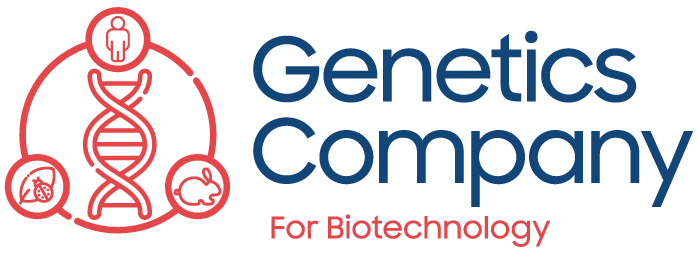




HOW WE CAN HELP YOU
Sectors and categories
We offer state-of-the-art and advanced solutions for a wide range of sectors including medical, laboratory, dental, furniture, and rehabilitation. With a strong commitment to innovation and excellence in customer service, we strive to provide efficient and effective solutions to meet the needs of each of our clients.
Scientific sector
Laboratory
We offer over 30 product lines for the laboratory sector. We provide innovative solutions, cutting-edge equipment, and personalized technical support. We work with the highest quality and efficiency, always focused on meeting the changing needs of the sector.
Download catalogs
We offer a range of educational resources, including informative catalogs, videos, webinars, and more.
Medical sector
Health
Wide variety of medical sector lines. We offer innovative and high-quality solutions to improve efficiency and patient well-being. Explore our section and discover how we can help you achieve your medical goals with our products.
Download catalogs
We offer a range of educational resources, including informative catalogs, videos, webinars, and more.
Contact us to know prices, logistics and delivery times.
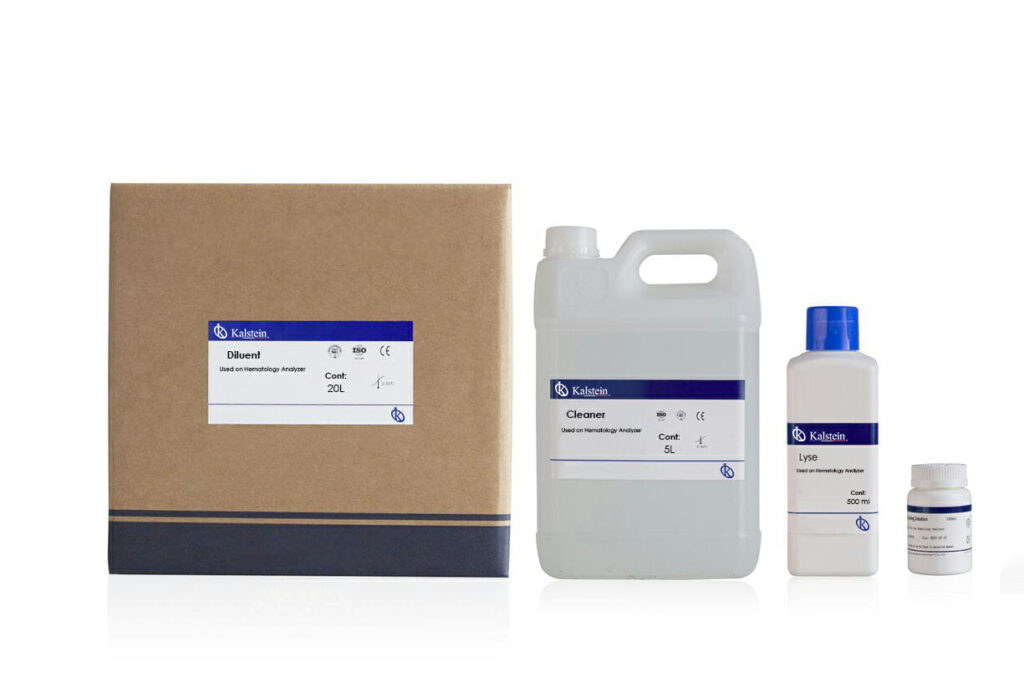
Chemical sector
Reagents and Consumables
Discover Kalstein’s exclusive line of reagents and consumables, meticulously designed to meet the demanding precision and quality needs of laboratories around the world. Our portfolio covers a wide range of essential products, from high-purity reagents to durable laboratory consumables, ensuring that every test and analysis is performed with maximum reliability and efficiency.
Download catalogs
We offer a range of educational resources, including informative catalogs, videos, webinars, and more.
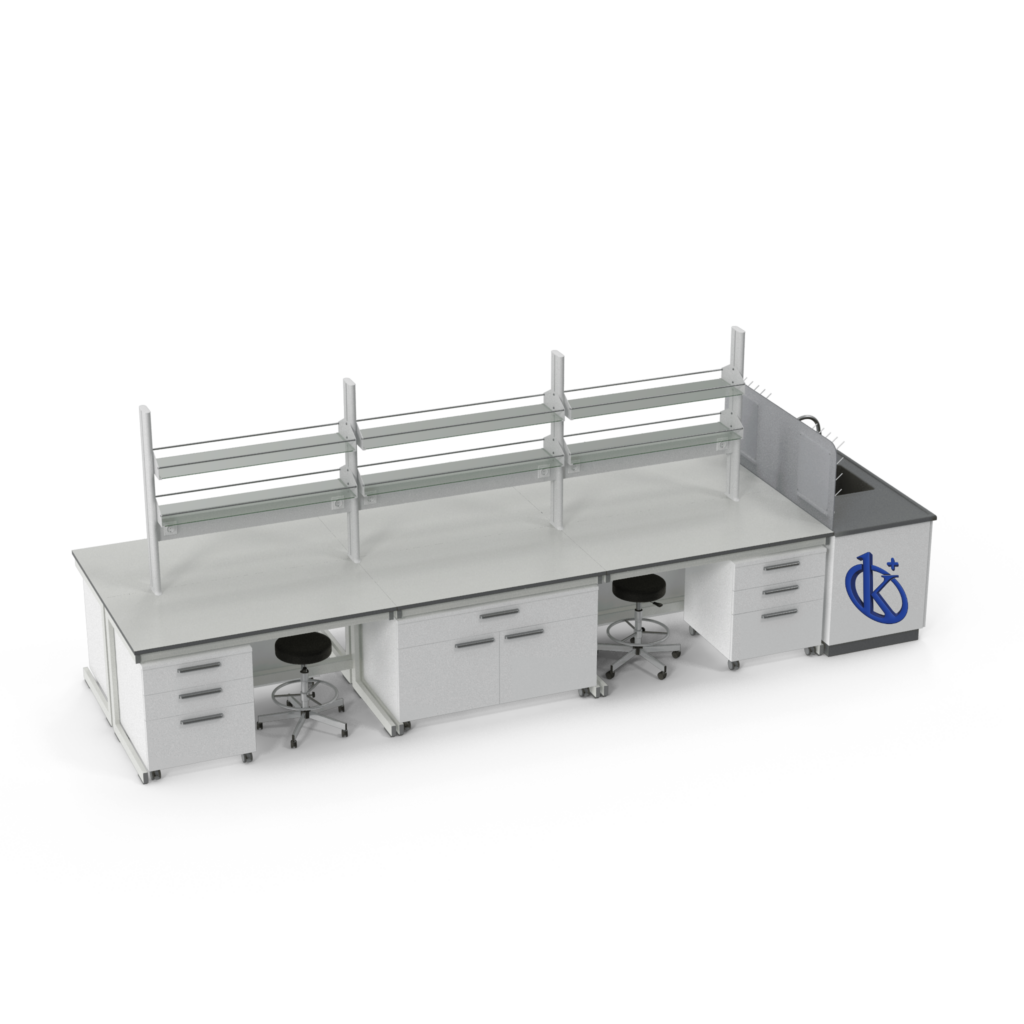
Furniture sector
Furniture
Explore our distinguished line of Kalstein furniture, specially designed to meet the high demands of functionality and style in laboratory environments. Our selection ranges from robust, durable work tables to ergonomic chairs and cabinets, all created to facilitate productivity and comfort in the laboratory. We encourage you to discover how our furniture solutions can transform your workspace and optimize each task.
Download catalogs
We offer a range of educational resources, including informative catalogs, videos, webinars, and more.
Want to be a distribuidor for the Kalstein brand?
Explore our membership plans and all the benefits we offer you
Dental sector
Dentistry
Download catalogs
We offer a range of educational resources, including informative catalogs, videos, webinars, and more.
Veterinary Sector
Veterinary
Kalstein’s specialized line of veterinary equipment is designed to meet the needs for efficiency and comfort in veterinary clinics and hospitals. Each product in the range has been developed with the highest technology and functional design, ensuring durability and ease of handling, allowing veterinary professionals to offer high quality and precision care.
Download catalogs
We offer a range of educational resources, including informative catalogs, videos, webinars, and more.
Do you have a question?
Find us – Call us
+33 9 83 04 38 83

Informative articles and news
KALSTEIN UP TO DATE
Latest articles, events and videos.
Stay on top of scientific advances: up-to-date news, expert advice, practical recommendations and interesting events to keep you informed and at the forefront of the scientific sector.
Kalstein Newsletter – Special Series China | Episode 5/7
Kalstein in China – Discovering Innovation in Service of Scientific Research Our special series continues through China, discovering the key...
Kalstein Newsletter – New Agreement with DEMGY FAGARAS in Romania
A New Collaboration with a Key Client in Romania We are pleased to announce the signing of a new contract...
Kalstein Newsletter – Special China Series | Episode 4/7
Kalstein in China – A Strategic Partnership in the Field of Fume Hoods As part of our special series dedicated...

